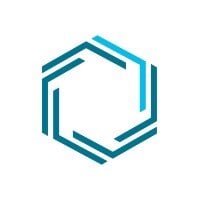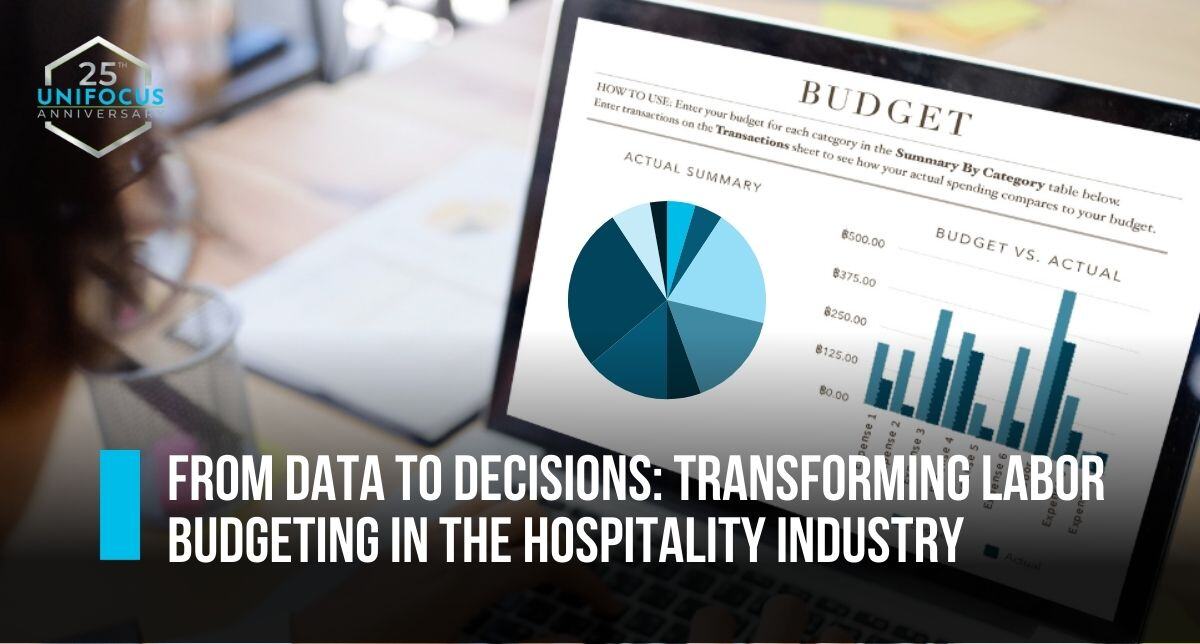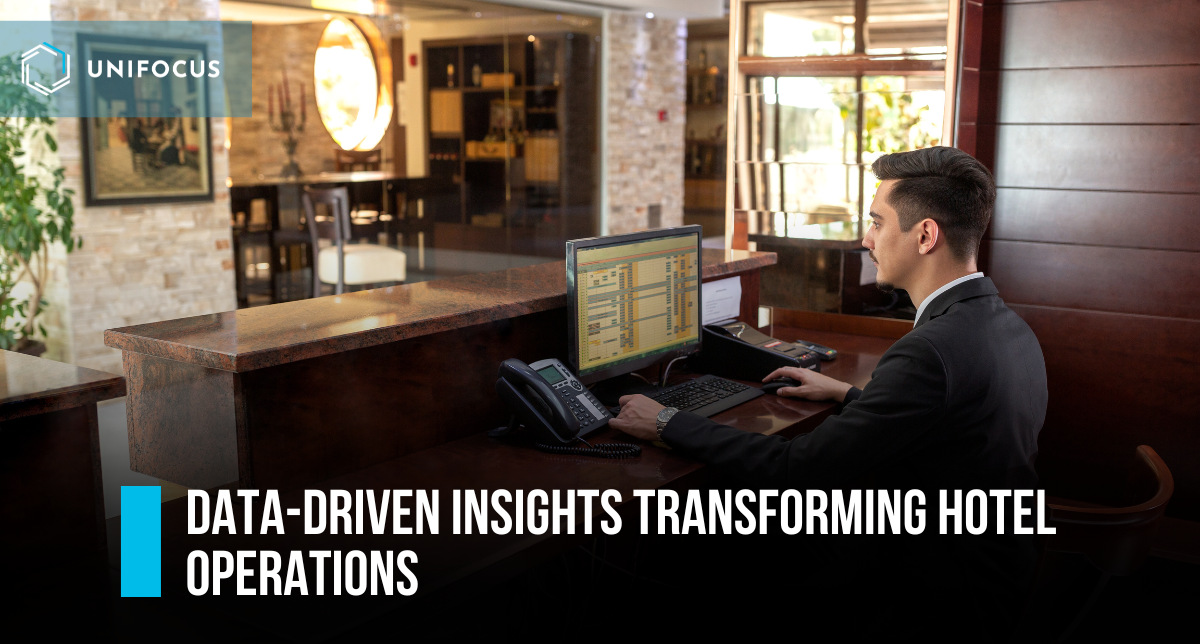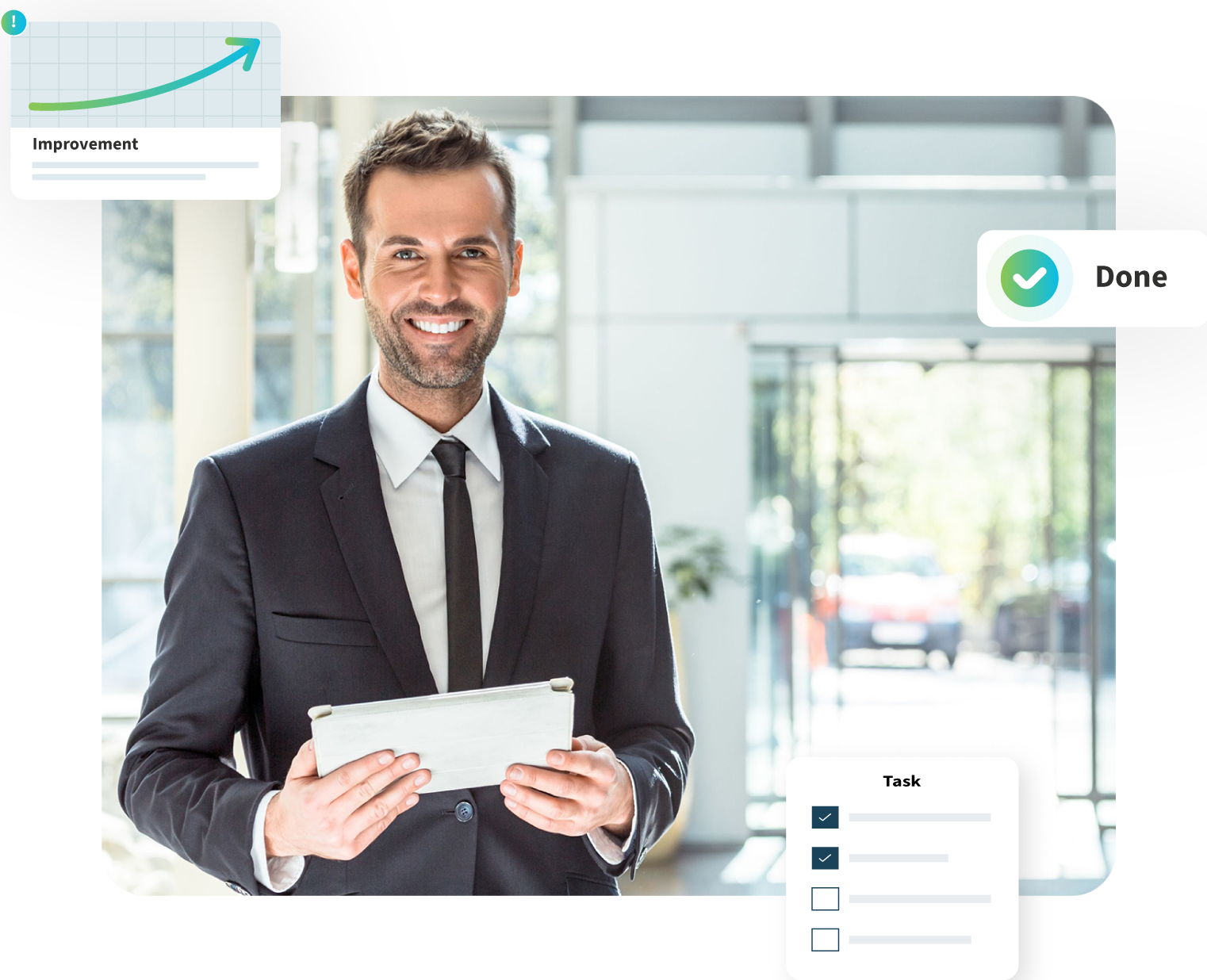Transforming Labor Budgeting with Accurate Forecasts, Trend Identification, and Informed Staffing Decisions
Running a successful hotel involves juggling numerous variables, from guest satisfaction to operational efficiency. One of the most challenging aspects is managing labor costs effectively. Imagine a scenario where poor labor budgeting leads to either overstaffing, causing unnecessary expenses, or understaffing, resulting in diminished guest experience. Predictive modeling offers a solution by providing accurate forecasts, identifying trends, and helping managers make informed staffing decisions. In this blog, we explore how predictive modeling can transform labor budgeting in the hospitality industry.
Understanding Predictive Modeling
What is Predictive Modeling?
Predictive modeling is a statistical technique that uses historical data to predict future events. By analyzing past performance, predictive models can forecast future outcomes with a high degree of accuracy.
A Brief History
Predictive modeling has been used for decades in various industries such as finance and healthcare. Its application in hospitality is relatively recent but rapidly growing due to advancements in data analytics and machine learning.
Why is it Relevant to Hospitality?
For hotels, predictive modeling can forecast occupancy rates, guest preferences, and most importantly, labor needs. This relevance stems from the highly variable nature of the hospitality industry, where guest numbers can fluctuate dramatically.
The Benefits of Predictive Modeling in Labor Budgeting
Predictive modeling offers a transformative approach to labor budgeting in the hospitality industry. By leveraging historical data and advanced analytics, hotels can make more accurate forecasts, identify significant labor trends, and make informed staffing decisions. Here’s a detailed look at these benefits:
Accurate Forecasting
How Predictive Modeling Improves Forecast Accuracy
Predictive models analyze historical data to forecast future labor needs with high precision. These models consider a range of factors to make accurate predictions:
- Historical Occupancy Rates: By examining past occupancy data, predictive models can identify patterns and project future room occupancy levels.
- Seasonality: Seasonal trends have a significant impact on hotel occupancy. Predictive models factor in these seasonal variations to adjust staffing needs accordingly.
- Special Events: Events such as conferences, festivals, and holidays can cause spikes in demand. Predictive models account for these events to ensure adequate staffing.
- Guest Demographics: Understanding the types of guests (e.g., business travelers, tourists) and their typical behaviors can help tailor staffing levels to meet specific needs.
Trend Identification
Identifying Labor Trends with Predictive Analytics
Predictive modeling helps hotels identify and understand labor trends, allowing them to adjust staffing levels proactively:
- Peak Occupancy Periods: By identifying peak times (e.g., weekends, holidays, peak seasons), hotels can ensure they have sufficient staff to handle the increased demand.
- Seasonal Variations: Understanding how labor needs fluctuate with the seasons helps in planning for high and low periods effectively.
- Weekly and Daily Patterns: Some trends may be as granular as specific days of the week or times of the day when demand is higher.
Informed Staffing Decisions
Making Data-Driven Staffing Decisions
Predictive modeling enables managers to make informed staffing decisions, ensuring optimal staffing levels at all times:
- Reducing Overstaffing: By accurately predicting low demand periods, hotels can avoid unnecessary labor costs associated with overstaffing.
- Avoiding Understaffing: Predictive insights help ensure that staffing levels are sufficient to maintain service quality during high demand periods, thereby enhancing guest satisfaction.
- Dynamic Adjustments: Managers can dynamically adjust staffing levels based on real-time data and predictions, allowing for more flexible and responsive operations.
Implementing Predictive Modeling in Your Hotel
Implementing predictive modeling in your hotel can seem daunting, but by following a structured approach, you can make the transition smooth and effective. Here’s a detailed step-by-step guide to help you get started:
Step-by-Step Guide
How to Get Started with Predictive Modeling
- Select the Right Software: Choose a Predictive Modeling Tool that Suits Your Hotel's Needs:
- Assessment: Begin by assessing your hotel’s specific needs. Do you require a tool that integrates with your current property management system (PMS)? Do you need real-time analytics?
- Features: Look for software that offers comprehensive features such as real-time data processing, easy integration with existing systems, user-friendly interfaces, and robust support.
- Scalability: Ensure the software can scale with your operations as your hotel grows.
- Vendor Reputation: Check reviews and ask for recommendations from industry peers. Consider vendors with a proven track record in the hospitality industry.
- Gather Data: Collect Historical Data on Occupancy, Staffing, and Other Relevant Metrics:
- Data Sources: Identify all sources of relevant data, including your PMS, point-of-sale systems, and historical staffing records.
- Data Points: Collect data points such as room occupancy rates, guest arrivals and departures, seasonal trends, special events, and historical staffing levels.
- Data Cleaning: Ensure the data is clean and comprehensive. Remove duplicates, correct inaccuracies, and fill in any missing information to create a reliable dataset.
- Integration: Integrate all data into a centralized system where it can be easily accessed and analyzed by the predictive modeling software.
- Analyze and Adjust: Continuously Monitor the System’s Predictions and Adjust as Necessary:
- Regular Monitoring: Set up regular monitoring of the predictive model’s output. Compare the predictions with actual outcomes to assess accuracy.
- Adjust Parameters: Fine-tune the model’s parameters based on feedback and performance. This may involve adjusting data inputs, refining algorithms, or recalibrating thresholds.
- Performance Metrics: Establish key performance metrics to measure the effectiveness of the predictive model. Metrics might include forecast accuracy, labor cost savings, and guest satisfaction scores.
- Iterative Improvement: Adopt an iterative approach to improvement. Use each cycle of feedback and adjustment to refine the model further, enhancing its accuracy and usefulness over time.
Overcoming Challenges
Addressing Common Challenges in Predictive Modeling
Implementing predictive modeling comes with its own set of challenges. Here’s how to address some common issues:
- Data Quality Issues:
- Data Cleansing: Ensure all data is accurate, complete, and consistent. Implement data cleansing protocols to regularly clean and update your datasets.
- Data Integration: Make sure data from different sources is integrated seamlessly. Use tools and techniques that facilitate smooth data integration and minimize discrepancies.
- Validation: Regularly validate your data to check for errors and inconsistencies. This can involve cross-referencing with other data sources and conducting regular audits.
- Resistance to Change:
- Communication: Clearly communicate the benefits of predictive modeling to your staff. Highlight how it will improve efficiency, reduce workloads, and enhance guest satisfaction.
- Involvement: Involve staff in the implementation process. Seek their input and address their concerns to create a sense of ownership and buy-in.
- Training and Support: Provide comprehensive training and ongoing support to help staff adapt to the new system. Address their fears and uncertainties by showing them how the system can simplify their tasks.
- Technical Challenges:
- Technical Expertise: Ensure you have access to technical expertise, either in-house or through external consultants, to manage the implementation process.
- System Compatibility: Check for compatibility between the predictive modeling software and your existing systems. Address any integration issues early on.
- Scalability: Choose solutions that are scalable to accommodate growth and changing needs.
By addressing these challenges head-on, you can pave the way for a successful implementation of predictive modeling in your hotel.
The Future of Predictive Modeling in Hospitality
Advancements in AI and Machine Learning
Artificial Intelligence (AI) and Machine Learning (ML) are revolutionizing predictive modeling. These technologies can process vast amounts of data more quickly and accurately than traditional methods. Here’s how they are making a difference:
- Enhanced Accuracy: AI and ML algorithms learn from historical data and continuously improve their predictions over time. This leads to more accurate forecasts for labor needs, reducing the risk of overstaffing or understaffing.
- Real-Time Adjustments: AI-powered systems can analyze real-time data and adjust predictions accordingly. For instance, if a sudden event causes a spike in bookings, the system can immediately recommend staffing adjustments.
- Complex Pattern Recognition: Machine learning models can identify complex patterns and correlations in data that might be missed by human analysts. This capability is particularly useful for understanding multifaceted factors affecting labor needs, such as weather conditions, local events, and economic trends.
Advanced Data Analytics
The future of predictive modeling in hospitality is also marked by the use of advanced data analytics techniques:
- Big Data Analytics: Handling and analyzing large datasets from various sources (e.g., booking systems, social media, IoT devices) provide a holistic view of trends and patterns.
- Sentiment Analysis: Analyzing guest reviews and feedback can offer insights into guest satisfaction and areas for improvement, which can be incorporated into predictive models to enhance service quality.
- Scenario Analysis: Predictive models can simulate different scenarios (e.g., changes in booking patterns, economic shifts) and provide actionable insights on how to optimize staffing under various conditions.
Predictive modeling offers a transformative approach to labor budgeting in hotels, providing accurate forecasts, identifying trends, and enabling informed staffing decisions. As the hospitality industry evolves, predictive modeling will become an essential tool for managing labor costs and enhancing operational efficiency. Embrace this technology today to stay ahead of the curve.







